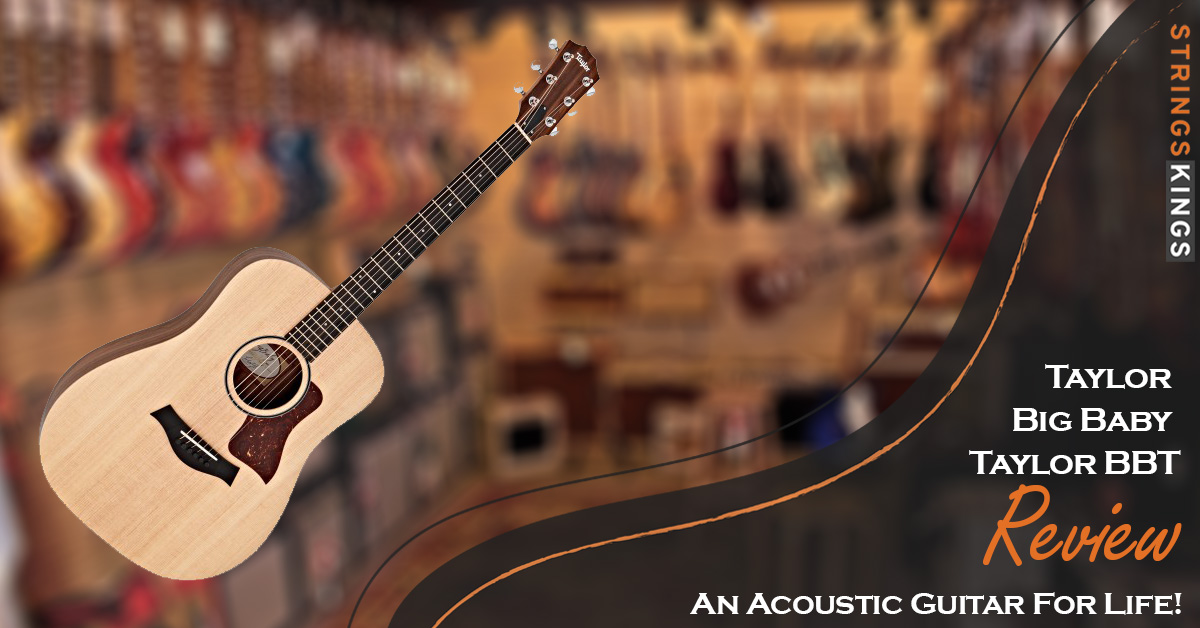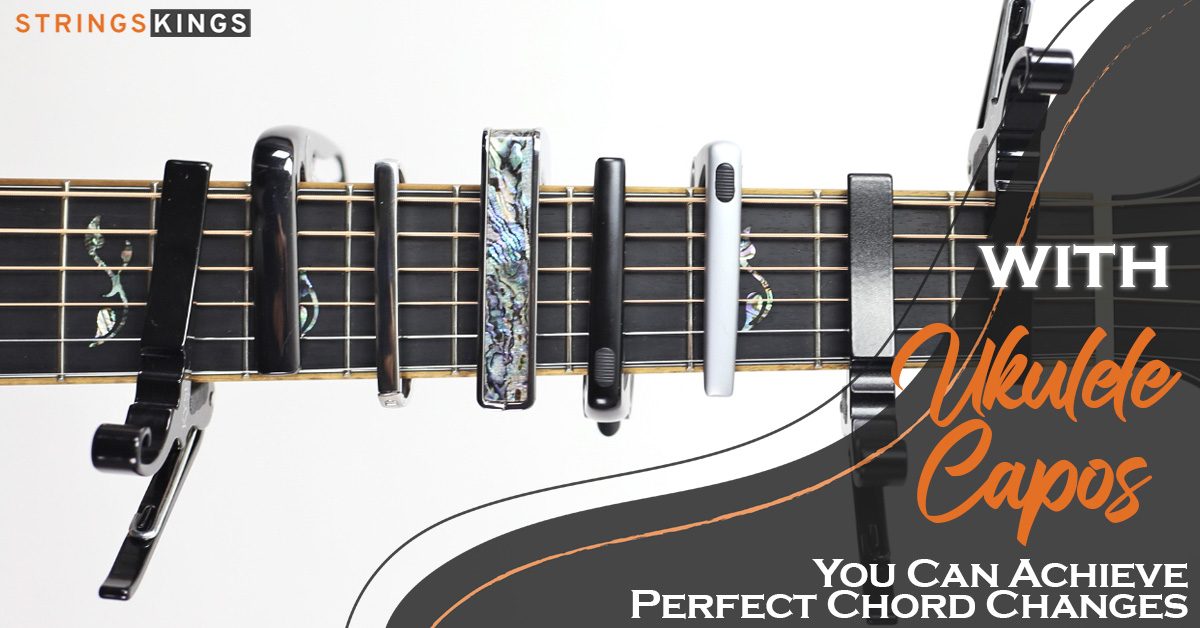Table of Contents
Facts About Banjo That Will Astound You
There has never been a time when the banjo has not been writing history with its tones, whether it is on the Clotilda or on the big screen. There are many emotions that can be conveyed through banjo music, such as pride, anticipation, and even comedy.
The sound of the banjo is hard to describe because it is so unique. It’s not just popping, or a twangy echo that’s coming through. In a nutshell, the banjo vibrates with energy and resilience.
Is there anything more exciting than discovering some facts about the banjo that will change the way you think about it?
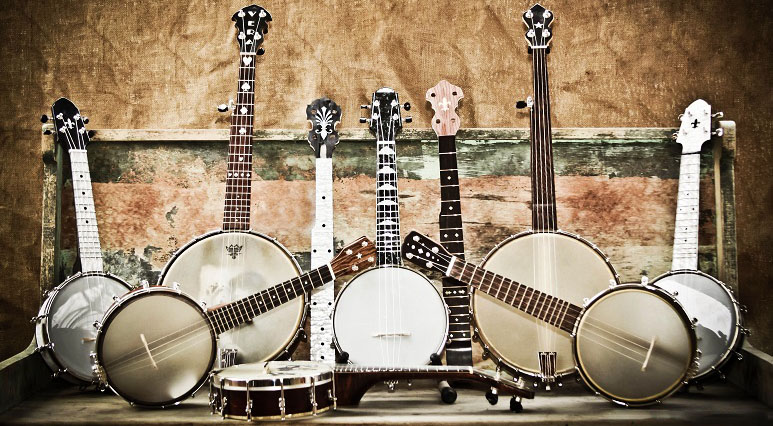
1. It is Estimated That the Banjo Dates Back More Than 400 Years
Banjos were first mentioned in the early 1600s. The banjo was probably invented by African slaves in the Caribbean, but the exact location is hard to pinpoint.
The oldest known surviving banjo, made of a Calabash gourd with a sheepskin soundboard and wooden neck.
2. Over Time, the Spelling of “Banjo” Has Changed… A Lot
A banjo is spelled differently in the 1840s than it was in the 1700s. There’s another string instrument called Bantu Mbanza that inspired the banjo’s name.
It evolved into Bangoe, Banza, Banjar, Bania, Banshaw, and finally banjo.
There have been at least 19 spelling variations for the banjo, most of which have been lost.
3. Cats Helped Make the Banjo
Besides the spelling, the banjo itself changed its structure and materials.
Banjos were originally made from animal skin (cats or goats) and gourds, then four gut strings were strung over them.
The cat skin was later replaced by a wooden drum, but today both the drum and strings are made of metal.
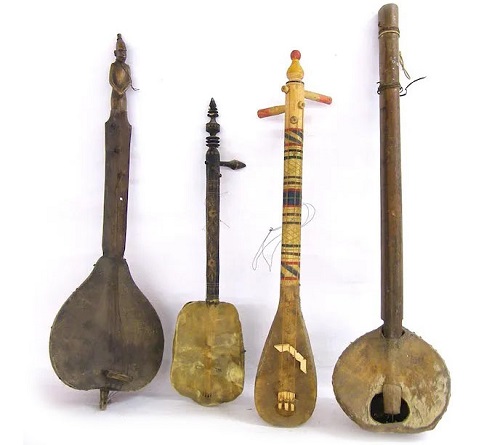
4. There’s a Slavery Connection to the Banjo
Banjos were recreated by African slaves in America. It was originally a form of entertainment and storytelling, but white Americans didn’t start adopting it until the 19th century.
It was more mocking than appreciation when they first played the banjo. Early minstrel banjo shows were often associated with blackface.
5. The First White Man to Professionally Play the Banjo Was Joel Sweeney
The controversial musician Joel Sweeney Walker was one of the first white Americans to play the banjo.
Sweeney was a musician from Virginia who contributed significantly to the development of the banjo and was a prominent performer at the time of his death.
The animal skin gourds were replaced with resonating wooden drums and a fifth string was added.
Certainly, Sweeney made a significant contribution to the banjo, but he also donned blackface during his performances.
6. In 1845, Commercial Production of the Banjo Began
There was an increase in demand for production after minstrel banjo shows became popular.
It was William Boucher, a drum maker and banjo player from Baltimore, who saw the potential for manufacturing banjos.
It was not long before Boucher began manufacturing professional banjos under the brand name Wm. E. Boucher Jr.
Originally, Boucher’s banjos were made of wooden drums with metal screws for tightening the head strings.
There is a significant price tag associated with Boucher’s original banjos today since they are considered antiques.
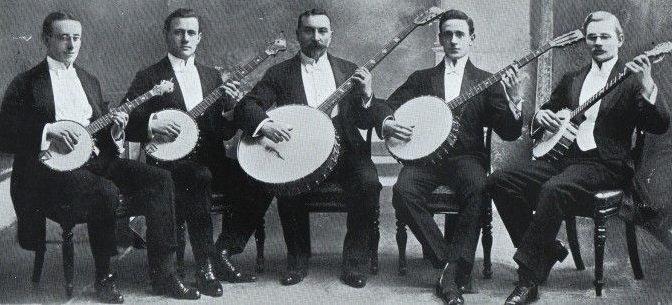
7. Some Banjos Were Gender-Specific
The Boucher manufacturing company used to make models that were much smaller in grip, and it is widely believed that these minstrel banjos were intended to be played by women.
Some of the theatrical pieces made by Wm. E. Boucher Jr. are also specific for women’s hands.
The neck has elaborate engravings, and the drum appears to be made of rosewood.
In today’s world, gender-specific banjos are only found in art exhibits.
8. The 5th String of the Banjo is Shorter Than the Others
Modern banjos have one string that is shorter than the rest if you have ever observed one close-up.
A string such as this is known as a chanterelle or drone.
During the days when banjo strings were made of cat guts, stretching out a string to achieve a high note was not an easy task.
Unlike the remaining strings, the chanterelle was not required to reach the peg.
Although modern steel strings are capable of stretching and maintaining a high note, the design remains.
In some way, manufacturers decided to keep it this way.
Maybe the optics are responsible for keeping the instrument looking timeless.
9. Four Notes, Five Strings
In terms of string count, banjos can have four, five, six, or even seven strings, but most modern American banjos have five strings.
In other words, there are four strings of identical length and a shorter chanterelle.
When tuned in open G, the strings play four notes.
G, D, G, B, and D are the notes.
It is possible to tune other banjos in Double C, Drop C, or G Modal.
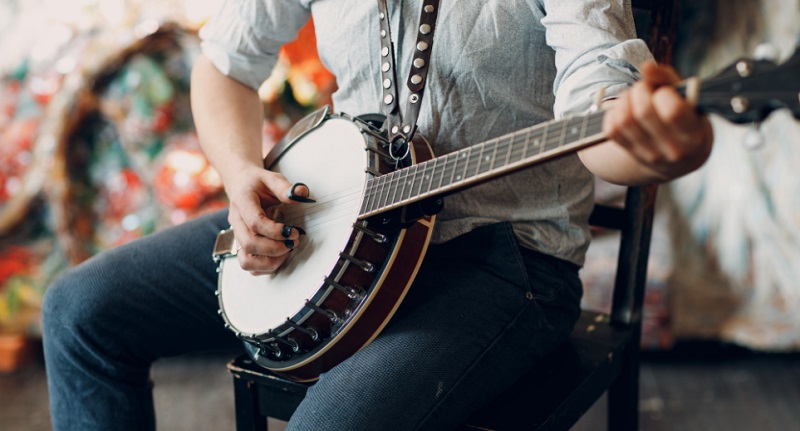
10. At the Beginning, Banjo Players Were Storytellers
African griots used the banjo to tell stories to captivate their audiences.
There was more to griots than just entertainment; they were artists and – in a sense – historians as well.
Folklore was passed along through music and poetry.
In addition to the ngoni and xalam, the banjo was an integral part of the preservation of African history.
11. The Minstrel vs the Modern
Minstrel banjos were simpler in design and made to accommodate live performances for an audience.
A minstrel was a fretless instrument that was bigger, wider, and produced a deeper tone.
After being accustomed to the luxury of frets and resonators, it would be difficult to play a minstrel now.
On a minstrel banjo, you would not even be able to play a 3-finger style.
In 1878, Henry C. Dobson added the frets and resonators, and the Buckbee Company mass-produced the instrument.
12. Concert Zither + Banjo = Zither Banjo
A German concert zither, and an African banjo, were merged by William Timlet.
It was called the zither banjo because of its seven strings. The classic banjo and the zither differ significantly in terms of technical characteristics.
However, the vellum (calfskin) head is what most collectors seek.
There is no doubt that the tone of the banjo is characterized by Vellum, regardless of the style of the player.
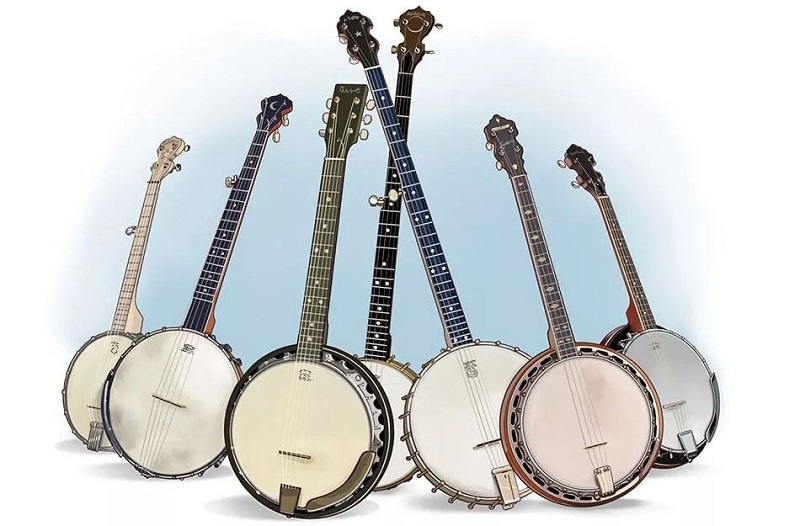
13. Banjo + Ukulele = Banjolele
Banjoleles represent a cross between ukuleles and banjos. It is a small four-stringed banjo with a fretted neck like a ukulele.
The value of a banjolele increases if it has a vellum head, and some people install the vellum themselves.
It is important to tighten the calfskin just enough to achieve a lighter tone, but not too much so that it tears.
14. The Banjo Can be Played With Either Picks or Plectrums
The rise of jazz led to the banjo adapting and changing, and jazz players ditching the chanterelle and using plectrums became easier.
As a result, they were able to achieve maximum volume and easy strumming.
There are, however, certain banjos that can only be played with fingerpicks, such as bluegrass banjos.
15. Open-Back Banjos Can be Clawhammer
There was a reason for the name “clawhammer banjo.”.
Hands are “clawed” around the neck of the banjo in the old days.
When you “hammer” the banjo, you strike the string with one finger and pluck it with your thumb.

16. Archtops Gave the Guitar an Edge Over the Banjo
At first, jazz bands were heavily reliant on the banjo, whose twang stood out from drums, trumpets, and trombones.
Also, it was loud enough to grab everyone’s attention. However, that did not last long.
With the advent of archtop guitars, guitars became louder and easier to play.
Slowly, the banjo disappeared from jazz bands in favor of the guitar.
17. Bonnie and Clyde
One of the most famous banjo tracks is Foggy Mountain Breakdown.
It’s fast-paced enough to keep you on the edge of your seat, yet it’s still twangy enough to add a little comic relief.
Make sure you watch the car chase scenes next time you watch Bonnie and Clyde.
18. Banjo Music Was Spread by Warner Bros
Banjos became mainstream with movies like Deliverance and Bonnie and Clyde.
There were amazing banjo tracks in both movies – so amazing that fans wanted more.
It wasn’t long before Warner Bros published “Duelling Banjos”!
Although it’s called “Duelling Banjos,” it’s actually a duel between a guitar and a banjo, not two banjos.
19. Banjos Are Still Relevant
We’re seeing a big comeback for banjos. Many people get into banjo music because of its association with African heritage.
Béla Fleck is one of the most famous modern banjo players. Bluegrass banjo is Fleck’s thing, though.
Many banjo players are giving jaw-dropping performances, including Steve Martin, Mark Johnson, Terry Baucom, Dropkick Murphys, Noam Pikelny, and more.
A Summary of Banjo Facts
As banjo players carried their instruments through celebration and despair, so did they carry their hopes. In spite of the spelling and design changes, the banjo remains a symbol of reclamation and heritage.
Hopefully, these facts about the banjo have inspired you to investigate its rich history. We have only scratched the surface of what is possible!


